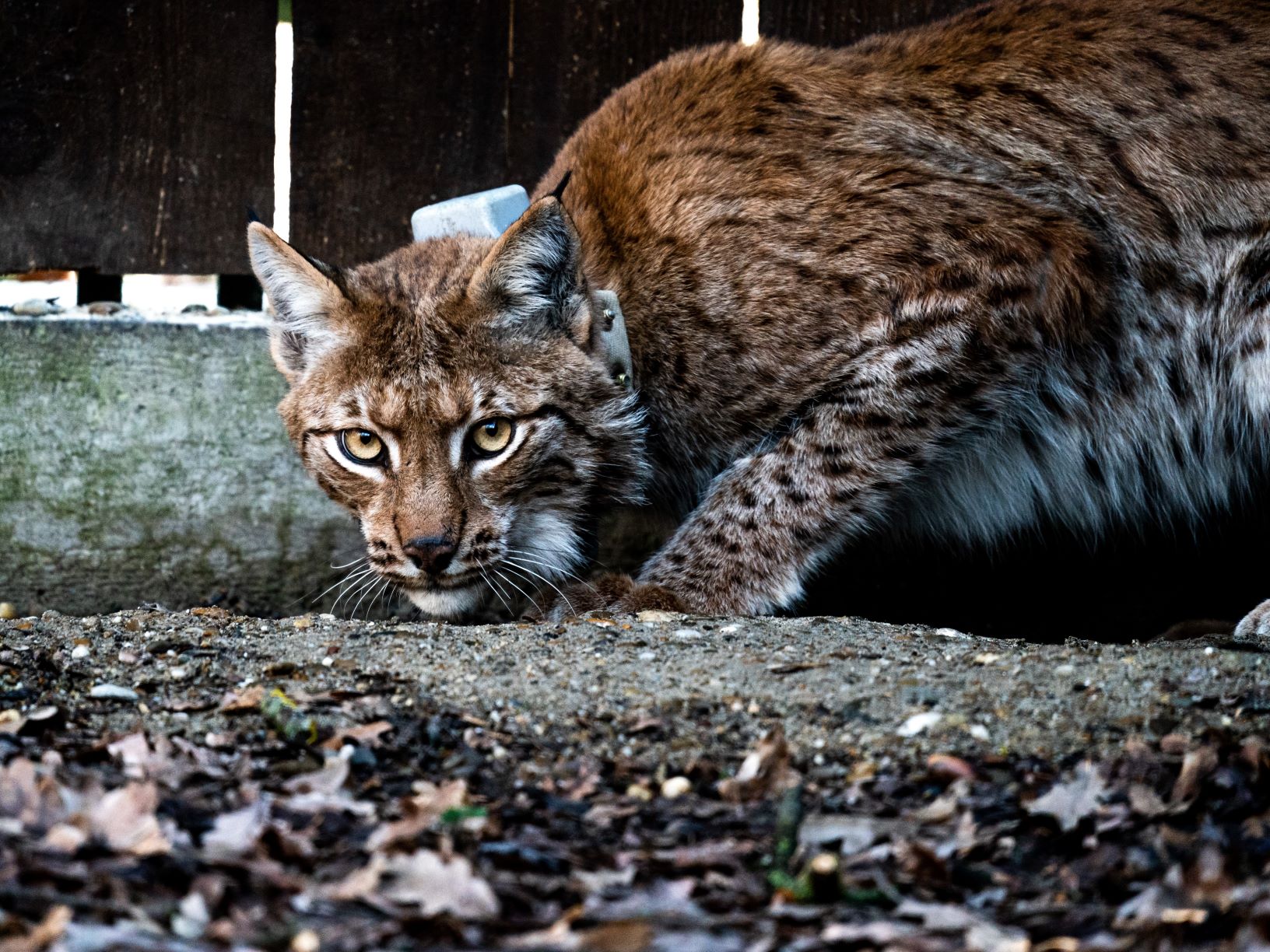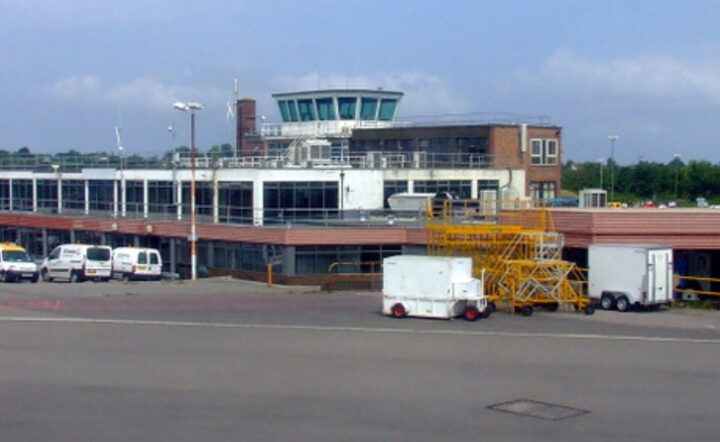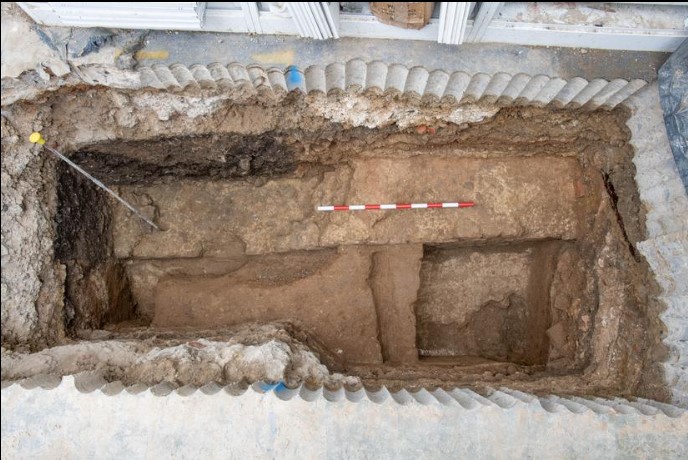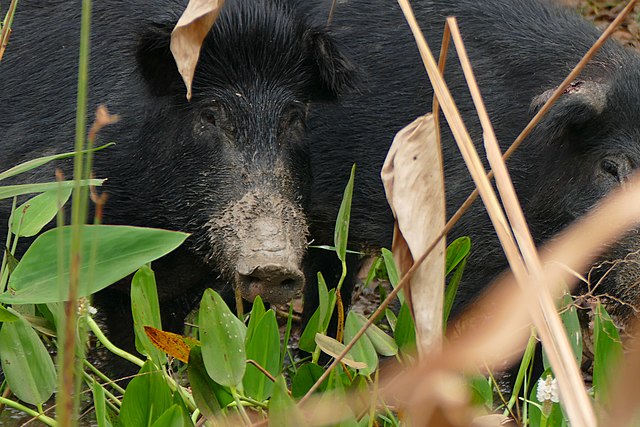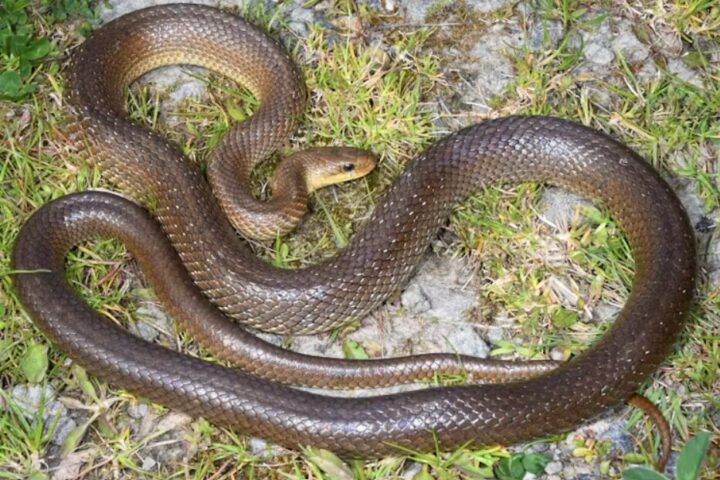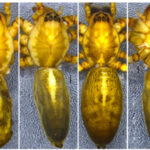Lynxes are known to reproduce annually, with their kittens typically born between late May and July. In the 2022-23 season, Croatia celebrated the birth of 26 lynx kittens, signaling a promising future for the species. The first photograph capturing these kittens was taken on July 18, 2022, near Crni Lug. By the dawn of 2023, 18 females with their offspring were identified, contributing to this impressive count. The European Climate, Infrastructure, and Environment Executive Agency has been vocal about the importance of reintroducing lynxes to European forests. Historically, lynxes were common in Medieval Europe, but their numbers dwindled due to persecution. The LIFE Programme has taken significant strides in reintroducing European lynxes to forests across Germany, Croatia, and Slovenia. Specifically, the LIFE Luchs Pfälzerwald project marked the return of 20 lynxes in southwest Germany after a 300-year absence, resulting in the birth of at least 18 cubs during the project’s span.
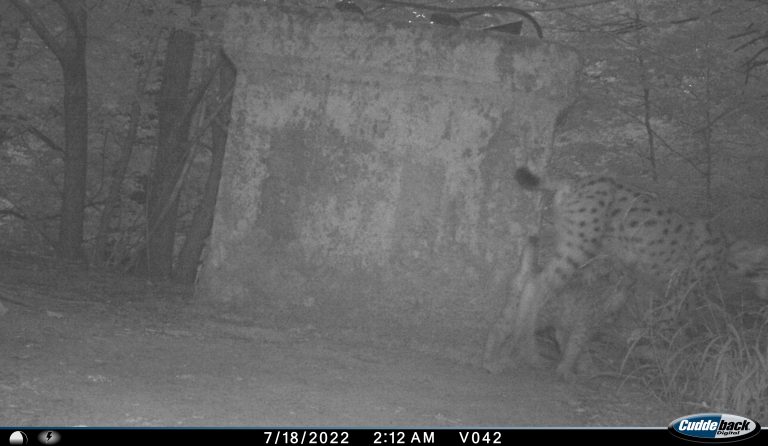
Janez Rakar, a former Director of the Triglav National Park, poignantly remarked, “The lynxes were here in the past, but then they were gone. These three lynxes are a new hope for establishing a population in this area.” The LIFE Lynx project has been instrumental in reintroducing several lynxes in Slovenia and Croatia, including Tris, Julija, and Lenka. Thanks to these efforts, approximately 100 lynxes now grace the Dinaric mountains.
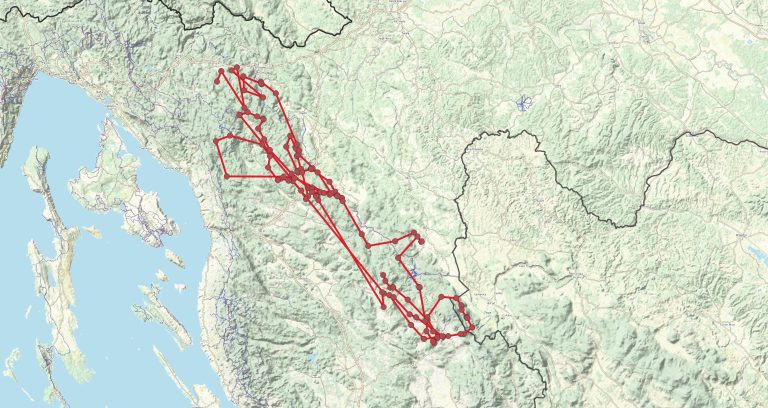
On July 21, 2023, a lynx named Slavko was equipped with a satellite collar in Croatia’s ‘Ričićko bilo’ hunting ground. The initial data from Slavko’s collar painted a picture of his extensive movements, covering about 90 km^2 in a mere 40 days. Another lynx, Kras, was released in the Plitvice Lakes National Park on March 25, 2023. His release aimed to enhance the genetic diversity of the Dinaric-SE Alpine lynx population. Kras’s movements, oscillating between Plitvice and Gorski Kotar, have been unpredictable, reflecting the nature of these wild creatures. It’s noteworthy that adult male lynxes establish territories ranging from 100-300 km^2, which they don’t typically share with other males.
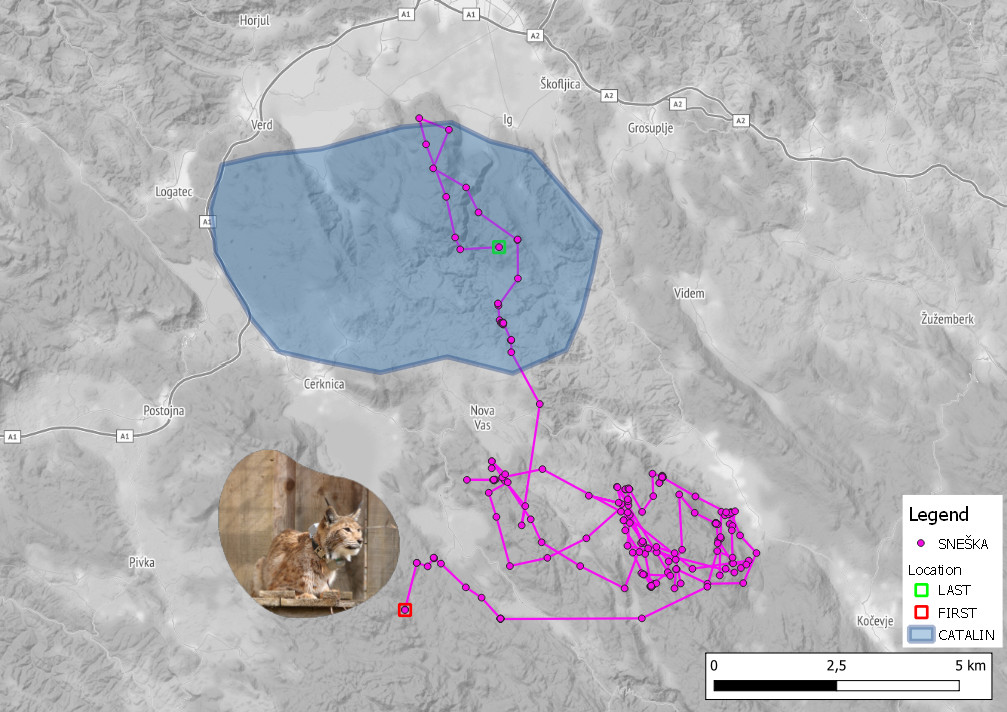
Sneška, a lynx translocated under the LIFE Lynx project, found her new home in Slovenia’s Snežnik Mountain forests. After her release, she explored areas between Loški Potok and Ribnica. Currently, she roams near Iški Vintgar, intriguingly overlapping with another translocated lynx, Catalin. A deep understanding of the Dinaric lynx population is pivotal for its conservation. Since 2018, Slovenia and Croatia have employed coordinated camera trap monitoring to keep tabs on the lynx population. Scientific calculations estimate the density of the Northern Dinaric lynx population at 0.83 lynx per 100 km^2. This translates to an estimated 96 lynxes across an area spanning 11,536 km^2 in both countries. Interestingly, lynx population densities in Slovenia lag behind those in Croatia’s Gorski Kotar region, suggesting potential for growth.
Similar Posts
The placement of camera traps is crucial for the successful detection of lynxes. The invaluable data from these traps owes much to the relentless efforts of local hunters and volunteers. The LIFE Lynx project is set to assess lynx abundance at its conclusion, aiming to juxtapose population statuses before and after translocations.
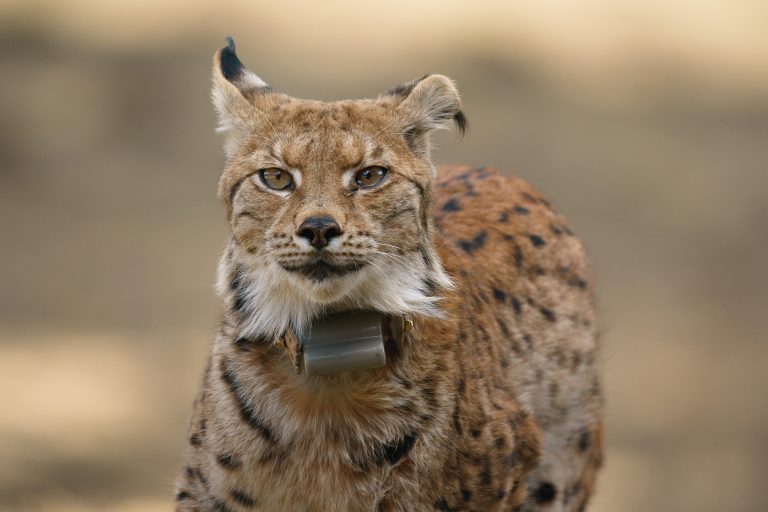
The Iberian lynx, native to Spain and Portugal, grapples with challenges like habitat loss, road accidents, and the looming threat of climate change. Yet, their numbers have surged from fewer than 100 in 2002 to a commendable 1,668 in recent times. The LIFE LYNXCONNECT project envisions bolstering the Iberian lynx population by connecting smaller groups, thereby enhancing genetic diversity. At its most vulnerable point, only two isolated Iberian lynx subpopulations existed in Spain. Now, five thriving subpopulations exist, with plans afoot for further reintroductions in Spain and Portugal.
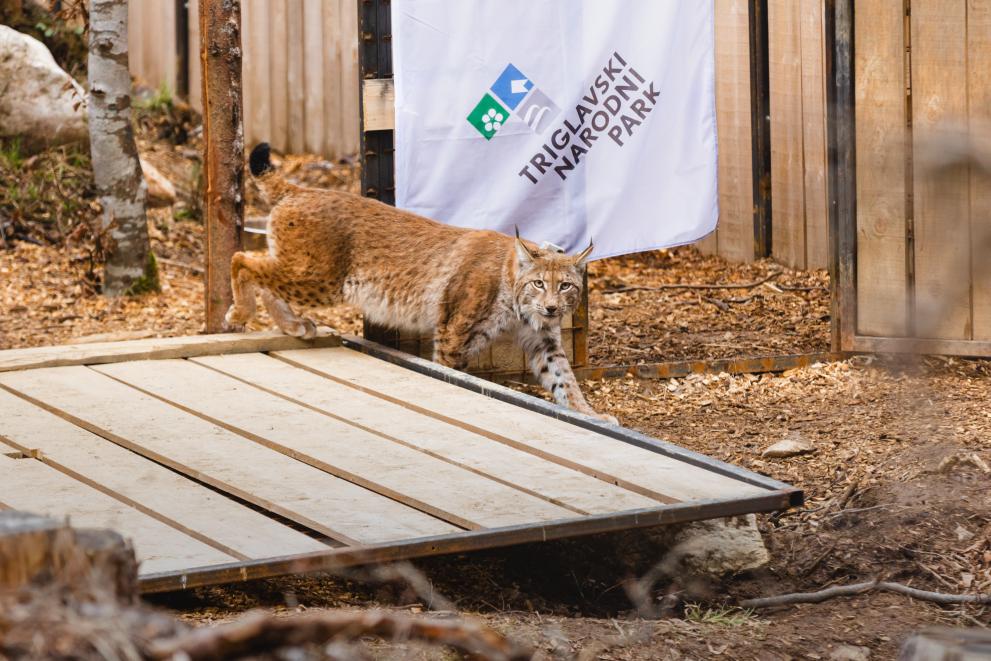
The resurgence of a species isn’t solely about numbers; genetic diversity plays a pivotal role. Lynxes, in their ecological role, prevent overgrazing, bolster biodiversity, and maintain ecosystem balance. The LIFE Programme’s unwavering commitment to lynx conservation stems from their significance as one of the sole native wild cat species remaining in Europe. Their reintroduction isn’t just a mission to save a species; it’s about rejuvenating forest habitats. The LIFE Programme’s adept communication strategy has garnered substantial media attention, amplifying support for the lynxes. These reintroduction endeavors stand as a testament to the collaboration between diverse stakeholders, including local hunters, volunteers, and conservationists. The triumphs of these projects underscore the essence of international cooperation in wildlife conservation.
The journeys of Slavko, Kras, and Sneška offer a glimpse into the challenges and victories of conservation. Their tales underscore the intricate dance of nature, where each entity plays a role in the grander narrative. As Europe rediscovers its wild essence, the lynx’s return symbolizes hope, resilience, and nature’s indomitable spirit. These ongoing endeavors serve as a beacon, reminding us that with dedication, collaboration, and the power of science, we can reshape the future of endangered species.
